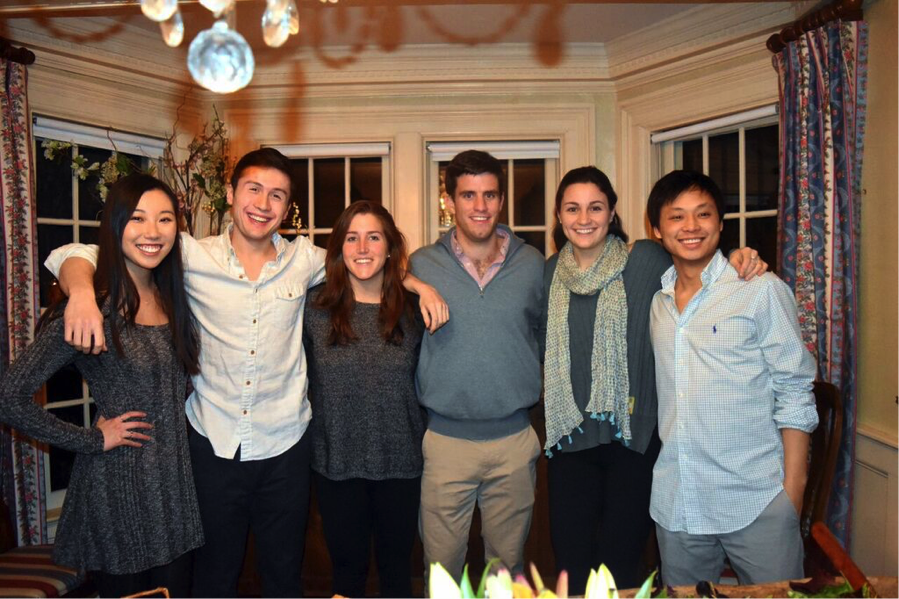Over the past 20 years, we’ve dedicated ourselves to compelling story-enriched media for learners of all ages – and that includes highlighting diverse and powerful representations of female characters. In honor of the 30th anniversary of Women’s History Month, we’re celebrating female characters we’ve created and worked with over the years. From purple-haired rockstars to influential educators, we’re proud to draw inspiration from trailblazing women.
Gathered here are just a few of our favorite FableVision feministas. Check out our portfolio for more inspiring characters!
Vita
Zebrafish, Children’s Hospital Trust
Vita marches, sings, and fundraises to the beat of her own drum. In Zebrafish, this earnest teenager is all about making a change in her community. It’s not just her purple hair and rockin’ voice that make her stand out, but her desire to make a difference in the world. When her friend Tanya gets sick, Vita uses the power of music to help move the world to a better place.
Elizabeth Arden and Helena Rubinstein
The Powder & the Glory, Powder and Glory Productions
Though they never met each other, Elizabeth Arden and Helena Rubinstein built an industry that’s now worth over $150 billion dollars. These two women not only revolutionized how makeup was viewed but how women saw themselves. Together with Powder and Glory Productions, FableVision animated sequences for the PBS film, The Powder & the Glory, a documentary that channeled the energy of the Roaring Twenties and life in the 1930s.
Neshama Ryman
The Klumz, Make-A-Wish Foundation of Metro New York and Western New York
At 10 years old, Neshama Ryman has illustrated, written, narrated, and directed her own animated short film, The Klumz. Neshama took the innate clumsiness of her favorite imaginary creature, and turned it into something beautiful. FableVision helped the driven young artist turn her dream into a reality.
Alice Marriott
Hot Shoppe, Marriott International
Welcome to “The Hot Shoppe.” Opened in 1927 by Alice and JW Marriott, the little cafe grew into what is now Marriott International. Alice was Marriott’s first cook, and acted as co-founder with her husband. Resourceful and driven, she’s a role model for the entrepreneurial spirit. The animated series shares Marriott’s core values and for both hotel employees and the public alike: a fun reminder of their priorities from day one.
Savannah Harper
Georgia Race Through Time, Georgia Public Broadcasting
Have you ever wondered what it would be like to see back in time? With her motorbike and trusty canine companion, Peaches, Savannah Harper does just that. This self-reliant young woman is the star of Georgia Race Through Time, a history game that takes players on an exciting journey across the state of Georgia. As an antiques collector with a special gift of seeing back in time, Savannah is a reminder to celebrate personal uniqueness and do what you love.
Isabella Reyes
Good Thinking! The Science of Teaching Science, Smithsonian Science Education Center
Isabella Reyes is a confident, funny educator who learns as much as she teaches. In the animated series, Good Thinking!, Ms. Reyes works to dispel common scientific misconceptions. An experienced teacher, Ms. Reyes is a self-proclaimed science nerd who understands the importance of education. With good humor and a bright personality, Ms. Reyes has educators learning and laughing alongside her as she demystifies the science of teaching science.








































